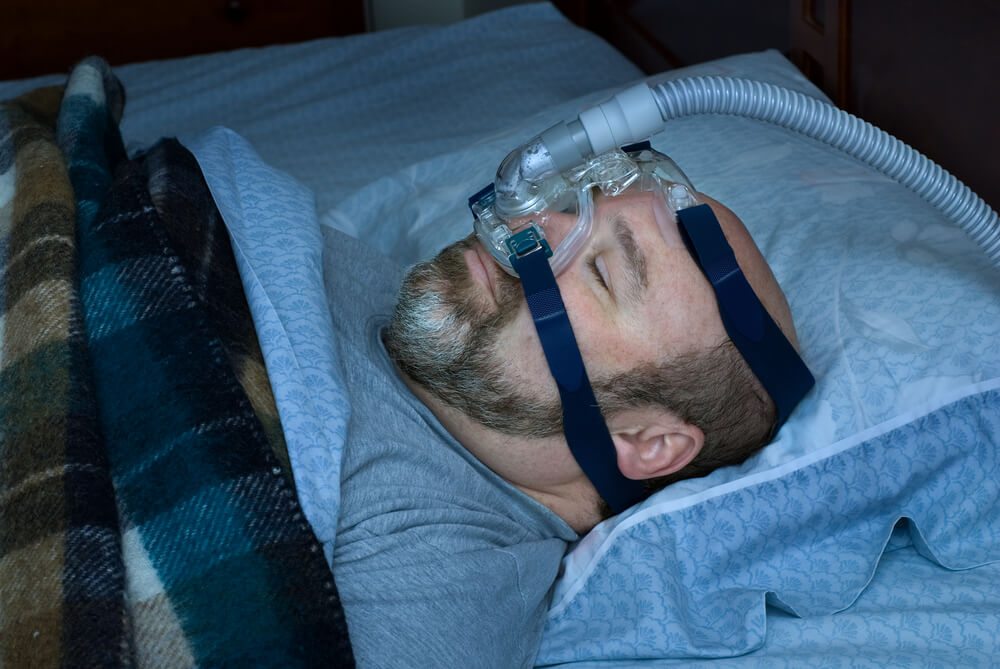Risk of Obstructive Sleep Apnea Among Drivers
A recent study indicated that nearly half (49%) of commercial motor vehicle drivers may be at risk for obstructive sleep apnea (OSA). The research revealed that drivers with undiagnosed and untreated sleep apnea face an increased likelihood of being involved in accidents.
Study Overview
Conducted by researchers at the Virginia Tech Transportation Institute, the 2020 study screened around 20,000 drivers to assess their potential for sleep apnea. The findings were shared during a Transportation Research Board committee meeting on January 11.
Impact of Obstructive Sleep Apnea
Obstructive sleep apnea is a serious sleep disorder characterized by repeated interruptions in breathing during sleep. Frequent disruptions can lead to drowsiness and decreased focus the following day, putting affected drivers at a higher risk for accidents, both on the road and in the workplace, as well as other health issues.
Study Findings
In the initial analysis, only 6.4% of the participating drivers were identified as potentially having OSA, while 86% were classified as having “No OSA,” and the rest already had a diagnosis. The STOP-Bang assessment was utilized to evaluate risks by examining factors such as snoring, fatigue, apnea episodes, hypertension, body mass index, age, neck circumference, and gender.
Purpose of the Study
Presenter Jeffrey Hickman, a researcher with VTTI, emphasized that the main aim of the study was to obtain a more precise estimate of potential OSA cases rather than to perform diagnoses. He stated, “We’re just screening them.”
Challenges in Previous Research
While previous studies have attempted to gauge the prevalence of obstructive sleep apnea among commercial drivers, their findings were limited due to factors such as small sample sizes and non-representative participants. This has affected the applicability of those findings to the broader CMV driver population.
Health Awareness and Treatment Options
Drivers’ lifestyles may contribute to health issues like sleep apnea, with limited exercise and poor dietary options at truck stops leading to weight gain and increased health risks. It’s essential for drivers to recognize these risks and adopt healthy habits.
Treatment for sleep apnea can vary and may include surgical options or the use of positive airway pressure devices, such as C-PAP machines. According to the Mayo Clinic, symptoms of OSA include excessive daytime sleepiness, loud snoring, and difficulty concentrating, among others. Individuals experiencing severe symptoms are encouraged to consult a medical professional.


